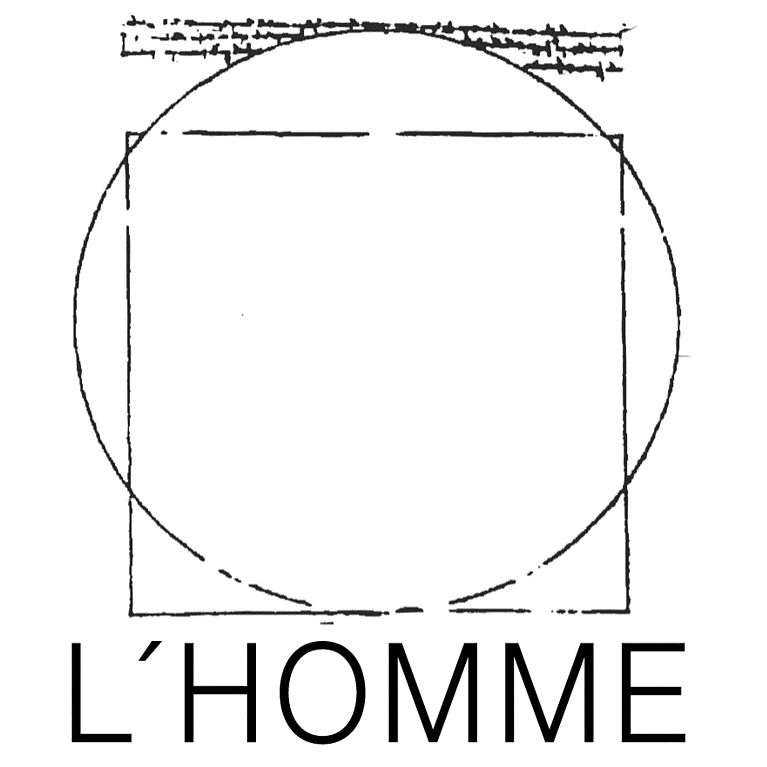Edited by Maria Fritsche, Claudia Opitz-Belakhal and Inken Schmidt-Voges
180 pages
ISBN: 978-3-8471-0989-1, ISSN: 1016-362X
Published October 7th 2019
Order
Order print issue and digital version at V&R
For our English readers:
Please note that three articles (by Çiçek İlengiz, Anthony Castet and Erzsébet Barát) are in English as well as the abstracts.
The relationship between the public and the private has been a central issue in women’s and gender history. By claiming that the "private is political" second wave feminists set out to change not just the political, but also the scholarly landscape. This themed issue revisits the debate, linking it (once again) to the discussion of space as a historical category. Its topics range from the spatial and gender order in the Renaissance and court culture of the early modern period to New York’s "underworld" in the early 20th century to the gendered public memory discourse in modern Eastern Turkey.
PDFs
Table of content (pdf)
Editorial (German) (pdf)
Abstracts of main articles (pdf)
Titelinformation V&R (PDF)
Table of content
Christa Hämmerle 30 Jahre "L'Homme. Z. F. G." (PDF), S. 9–11 Maria Fritsche, Claudia Opitz-Belakhal und Inken Schmidt-Voges Editorial (PDF), S. 13–18
Articles
Inken Schmidt-Voges
„Connecting spheres“. Die Verortung der Geschlechter in „Haus“ und Gesellschaft in Leon Battista Albertis „Libri della famiglia“ (1433/34), S. 19–36
“Connecting Spheres”. Locating Gender in Leon Battista Alberti’s “Libri della famiglia” (1433/34)
Julia Gebke
Auf den Spuren der weiberhandlung. Gender, Space und Agency in der Casa de Austria im 16. Jahrhundert, S. 37–55
Tracing Women’s Action. Gender, Space and Agency in Sixteenth-Century Casa de Austria
Björn Klein
Voyeurismus und die Macht des Blicks in den Sexualwissenschaften und der New Yorker Unterwelt um 1900, S. 57–74
Voyeurism and the Power of the Gaze in Sexologies and in New York City’s Underworld around 1900
Çiçek İlengiz
Erecting a Statue in the Land of the Fallen: Gendered Dynamics of the Making of Tunceli and Commemorating Seyyid Rıza in Dersim, S. 75–92
Extra
Birgit Sauer
#MeToo. Ambivalenzen und Widersprüche affektiver Mobilisierung gegen sexuelle Gewalt, S. 93–110
#MeToo. Ambivalences and Contradictions of Affective Mobilisation against Sexual Violence
Interview
SIGRID RUBY im Gespräch mit Inken Schmidt-VogesRäume, Blicke und Geschlechterbilder. Positionen der Kunstgeschichte, S. 111–118
From the Archives
Maria Fritsche
Umkämpfte Räume. Konflikte zwischen Besatzern und Besetzten im Zweiten Weltkrieg, S. 119–125
News & Commentary
Anthony Castet
Reframing “Identity Politics” to Restore America’s Greatness in the Age of Trump,S. 127–133
Erzsébet Barát
Revoking the MA in Gender Studies in Hungary Enmeshed in the Right-Wing Populist Political Rhetoric, S. 135–144
Caroline Arni, Johanna Bleker, Karin Hausen, Helga Satzinger und Regina Schulte
Nachruf auf Esther Fischer-Homberger (15. Mai 1940 – 21. März 2019), S. 145–148
Topic Specific Reviews
Gesine Tuitjer
Aenne Gottschalk, Susanne Kersten u. Felix Krämer (Hg.), Doing Space while Doing Gender – Vernetzungen von Raum und Geschlecht in Forschung und Politik, S. 149–151
Maria Fritsche
Katharina Eck, Kathrin Heinz u. Irene Nierhaus (Hg.), Seitenweise Wohnen: Mediale Einschreibungen, S. 152–155
Further Reviews
Ute Gerhard
Julie Le Gac u. Fabrice Virgili (Hg.), L'Europe des femmes, XVIIIe–XXIe siècle. Recueil pour une histoire du genre en VO, S. 157–160
Jens Elberfeld
Anna Clark, Alternative Histories of the Self. A Cultural History of Sexuality and Secrets, 1762–1917, S. 160–163
Maren Lorenz
Heidrun Zettelbauer, Stefan Benedik, Nina Kontschieder u. Käthe Sonnleitner (Hg.), Verkörperungen · Embodiment. Transdisziplinäre Analysen zu Geschlecht und Körper in der Geschichte · Transdisciplinary Explorations on Gender and Body in History, S. 163–166
Claudia Opitz-Belakhal
Joan Wallach Scott, Sex and Secularism, S. 166–170
Franziska Zaugg
Martina Bitunjac, Verwicklung. Beteiligung. Unrecht. Frauen in der Ustaša-Bewegung, S. 170–173
Abstracts, S. 175–177

